| Battery Hearns |
Come morning, prior to breakfast, Lee and Mark opted to do some fishing as South Dock. The fish that early morning weren’t biting and the only thing they had to show for their unsuccessful effort was a lost fish hook. After a hearty and filling breakfast, Mark and I, with other hotel and day tour guests, joined the regular tour via tranvia. Its itinerary included Batteries Hearns, Geary, Way and Crockett, plus the Pacific War Memorial (and its museum), Lorcha Dock and the Spanish Lighthouse.
| A tranvia |
Battery Hearns, a 12-inch seacoast gun, was built from 1918 to 1921 at a cost of US$148,105. One of the last major additions to Corregidor’s defense system, it had a maximum range of 29,000 yards and was capable of firing in all directions. Intended to defend the island against enemy naval threat from the South China Sea, Battery Hearns had been in action firing towards Cavite from February 1942 and, on April 8 and 9, 1942, towards Bataan. When Corregidor fell, this gun emplacement was captured nearly intact by the Japanese. It was subsequently repaired and put back into action. However, in January and February of 1945, it was completely neutralized by American aerial bombardment.
| Battery Way |
Battery Way, built from 1904 to 1913 at a cost of US$112,969, was named after 2nd Lt. Henry N. Way of the 4th U.S. Artillery who was killed in 1900 during the Philippine-American War. It was armed with four 12-inch mortars capable of firing a 1,000-lb. deck piercing of 700-lb. high explosive shell in any direction with a maximum range of 14,610 yards at the rate of one round per minute per mortar. Three of the serviceable mortars opened fire on April 28, 1942 and on May 2, two of these were hit. After more than 12 hours of continuous firing, the remaining mortar finally froze tight on May 6, the last to cease firing before the surrender.
| Battery Geary |
Battery Geary was built from 1907 to 1911 at a cost of US$145,198. It was named in honor of Capt. Woodbridge Geary of the 13th U.S. Infantry who died in 1899 during the Philippine-American War. With a maximum range of 14,610 yards, its eight 12-inch mortars were capable of firing in any direction. Considered as the most effective anti-personnel weapon in Corregidor, the vertical plunging trajectories of the mortars made them ideal for use against enemy entrenched on higher grounds in Bataan. The battery had two mortar pits with 3 magazines and its standard crew consisted of 4 men per mortar.
Battery Crockett, one of the 6″ disappearing” gun batteries that formed the interlocking field of fire which totally encircled the island, was built from 1905 to 1908 at a cost of US$290,049. Armed with two 12-inch seacoast guns mounted on disappearing carriages behind a concrete parapet, this battery basically fired south across the major southern channel into Manila Bay. It had a range of 17,000 yards and was capable of a 170-degree traverse, with overlapping fields, or a total of 220 degrees coverage for the battery. Similar to Battery Cheney and Battery Wheeler in design, it was centrally located on the island.
 |
| Pacific War Memorial |
The Pacific War Memorial, standing on the highest part of Corregidor, on the island’s west, was built by the U.S. government and completed in 1948 at the cost of US$ 1,230,000. It is dedicated to the Filipino and American soldiers who shed their blood on Corregidor. The memorial’s dome has an opening at the top through which sunlight shines through to exactly fill a circular altar on the week of May 6, the Fall of Corregidor. Left of the acacia tree-shaded entrance is the Cine Corregidor Ruins and behind it is a small, modest marble museum containing war relics, photos, a documentary film projection room, souvenir shop and descriptive information.
 |
| Eternal Flame |
To the right of the museum is the remains of the Bachelor Officers’ Quarters and the Post Headquarters. Within the complex is the steel wing-shaped sculpture Eternal Flame designed by Greek-American sculptor Archimedes Demetrius. The flagpole, originally a mast of a Spanish warship, was salvaged by Admiral George Dewey after the Battle of Manila Bay, and had it planted in Corregidor. It is where the American flag was lowered during the surrender and raised again during the liberation. The American flag was lowered for the last time on October 12, 1947 and the Philippine flag was hoisted in its stead.
| Lorcha Dock |
Lorcha Dock, situated near Gen. Douglas MacArthur Park (has a life-size bronze statue of the general), is often referred to as The Army Dock or MacArthur’s Dock. It was at this dock where, on March 11, 1942, Gen. Douglas MacArthur boarded PT Boat 41, under the command of Navy Lt. John Bulkeley, for Australia. The Spanish Lighthouse, located on the highest point of the island (628 ft. above sea level), is a reproduction of the old lighthouse built in 1897 but destroyed during World War II. It has a commanding view of the island. We previously visited the lighthouse and the Pacific War Memorial during the Adventour.
 |
| Mark tries out the ROCKet zipline |
After the tour, we returned to the hotel for lunch and check out. After lunch, all four of us, together with Jovy and Mat, proceeded to the Mile Long Barracks for additional photo ops and, prior to our leaving, Mark (a first for him) and I tried out the ROCKet Zipline (http://www.benjielayug.com/2009/12/launch-of-the-rocket-zipline-corregidor-cavite.html). a 40-ft. high, 300-m. long free-fall cable ride. Gravity-propelled and with rocket-like speed, it stretches from Corregidor Inn to the South Beach. This piece de resistance truly capped two adrenalin-fulfilling days in the historic, and now adventure-filled, island of Corregidor.
Sun Cruises, Inc. (SCI) – Reservation Office: CCP Terminal A, CCP Complex, Roxas Blvd., Manila. Tel: (632) 831-8140 and (632) 834-6857 to 58. Fax: (632) 834-1523. E-mail: suncruises@magsaysay.com.ph.

.jpg)
.jpg)

.jpg)



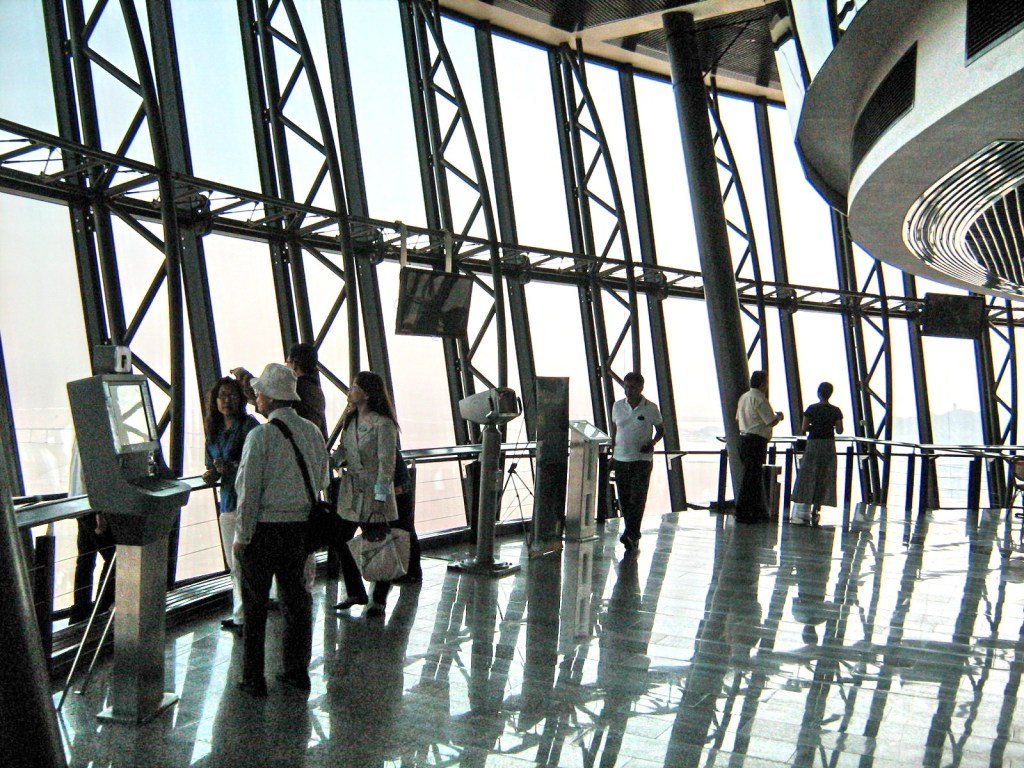



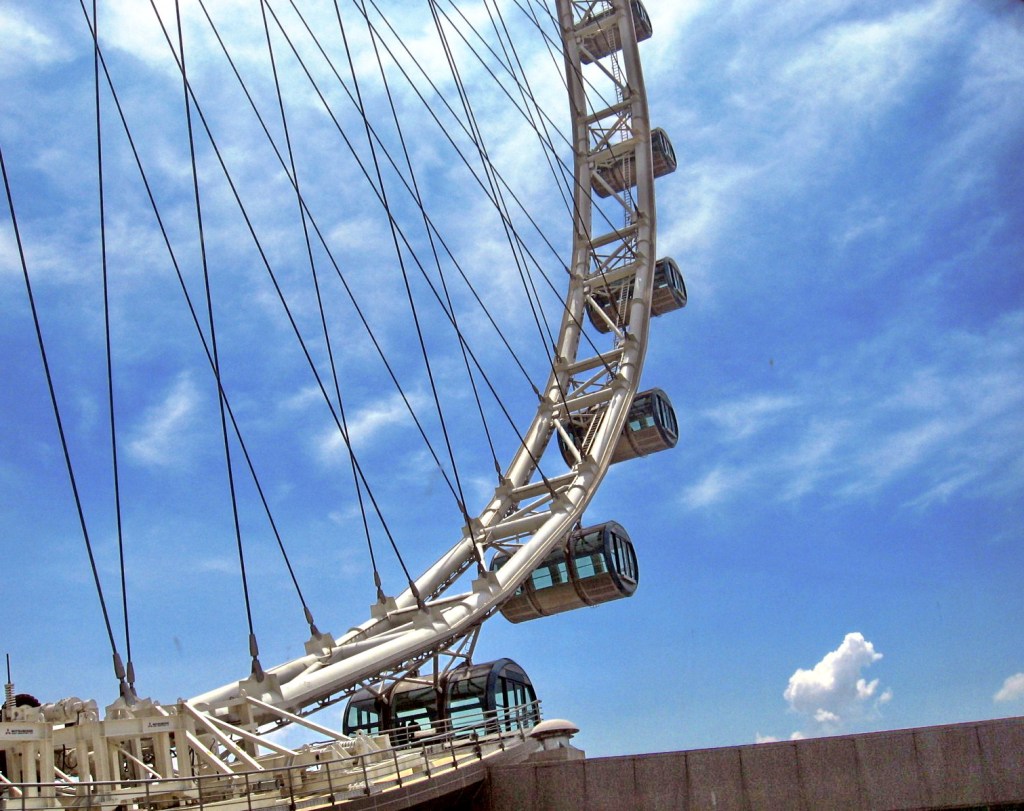
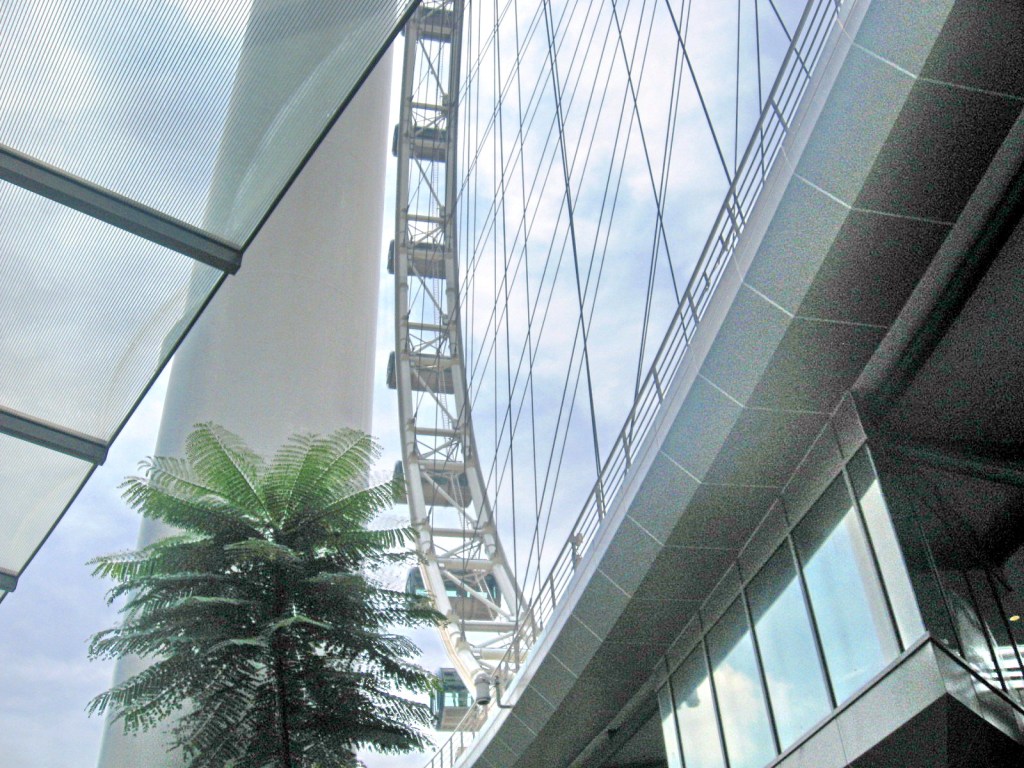
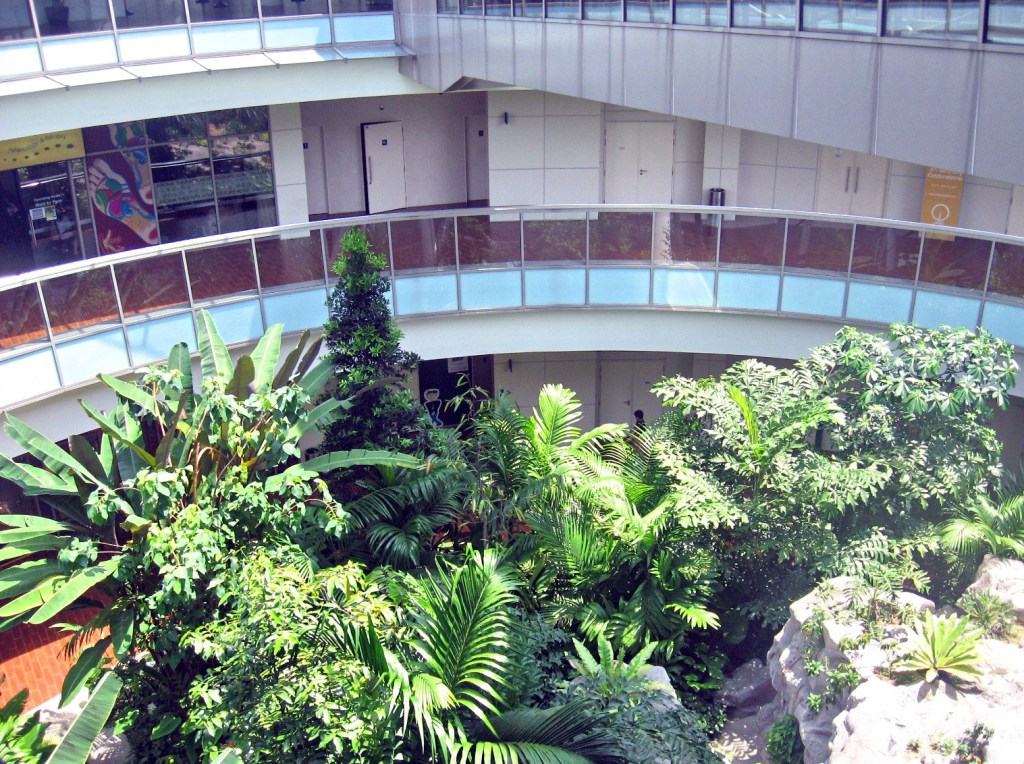
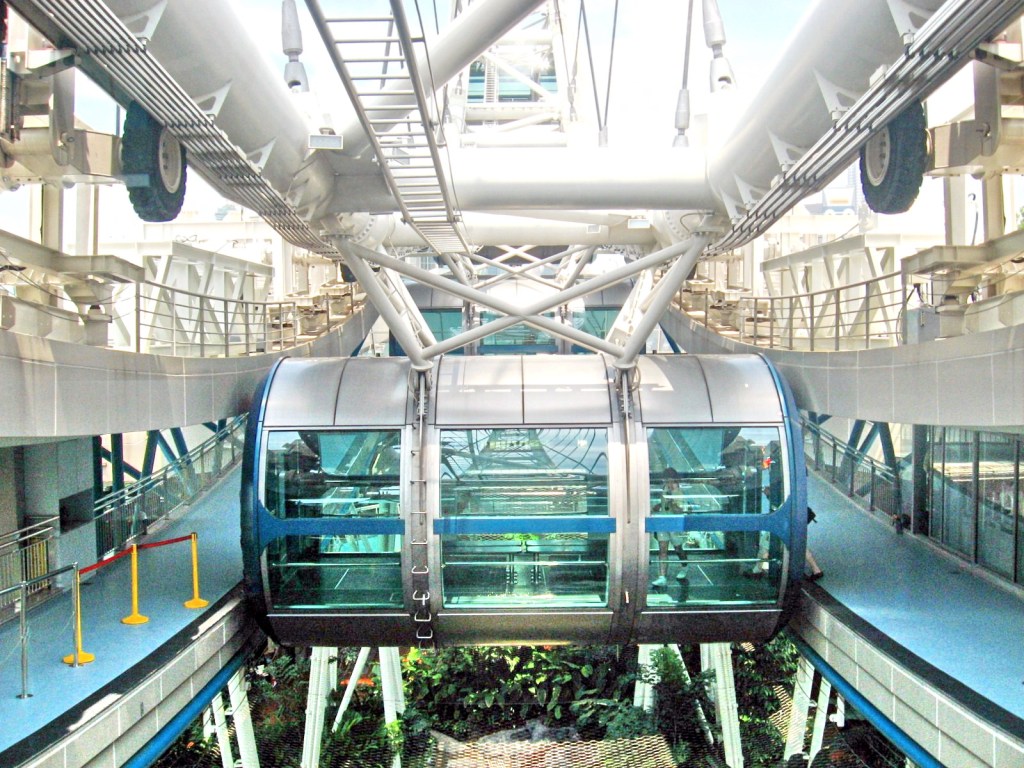
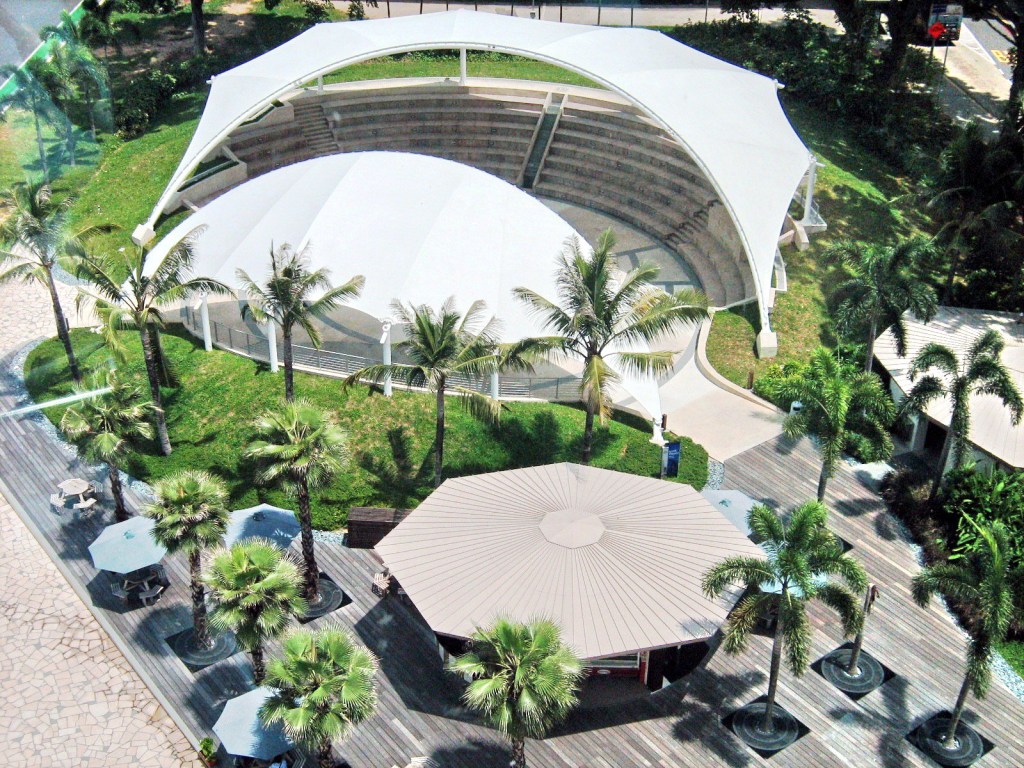
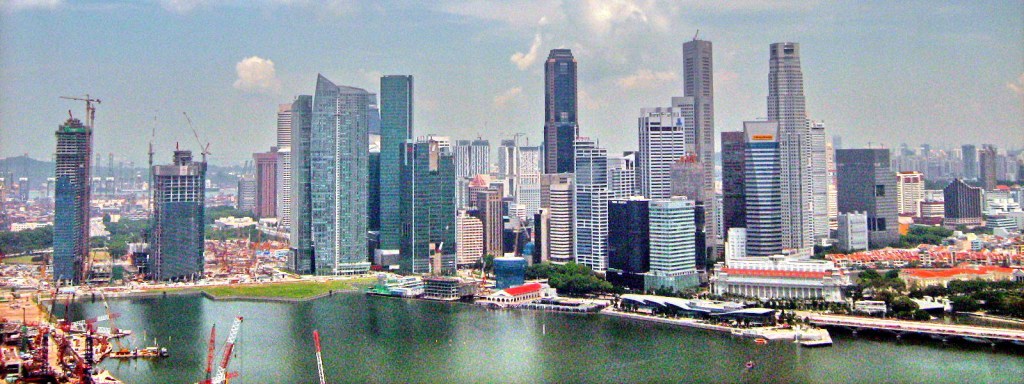
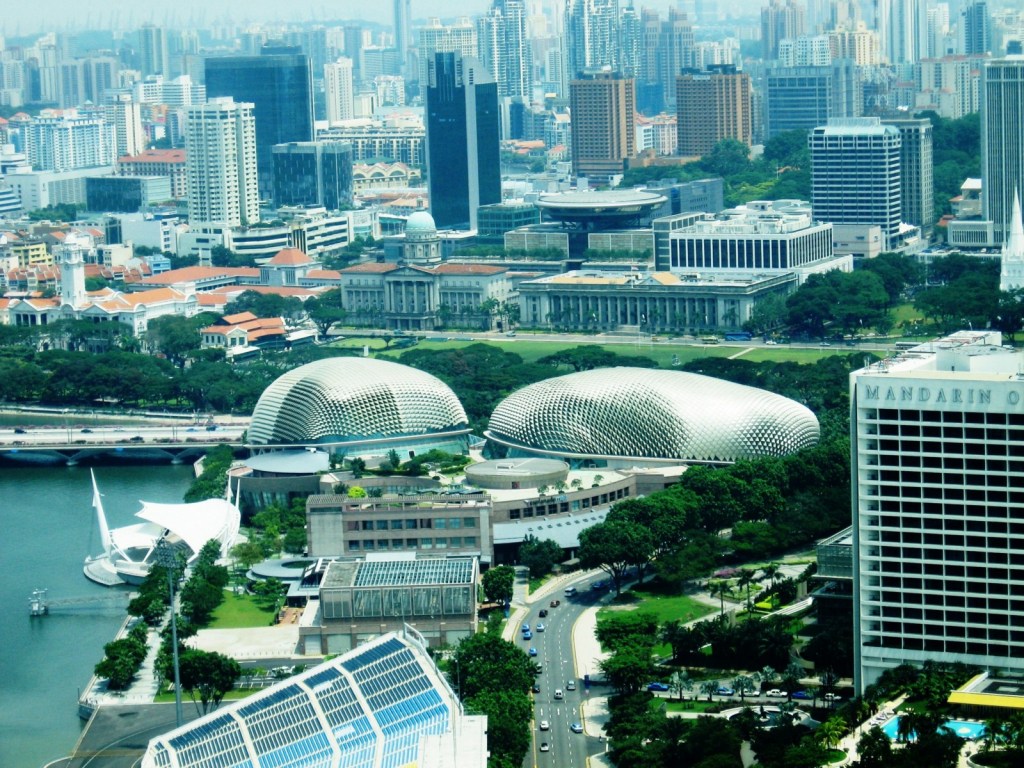
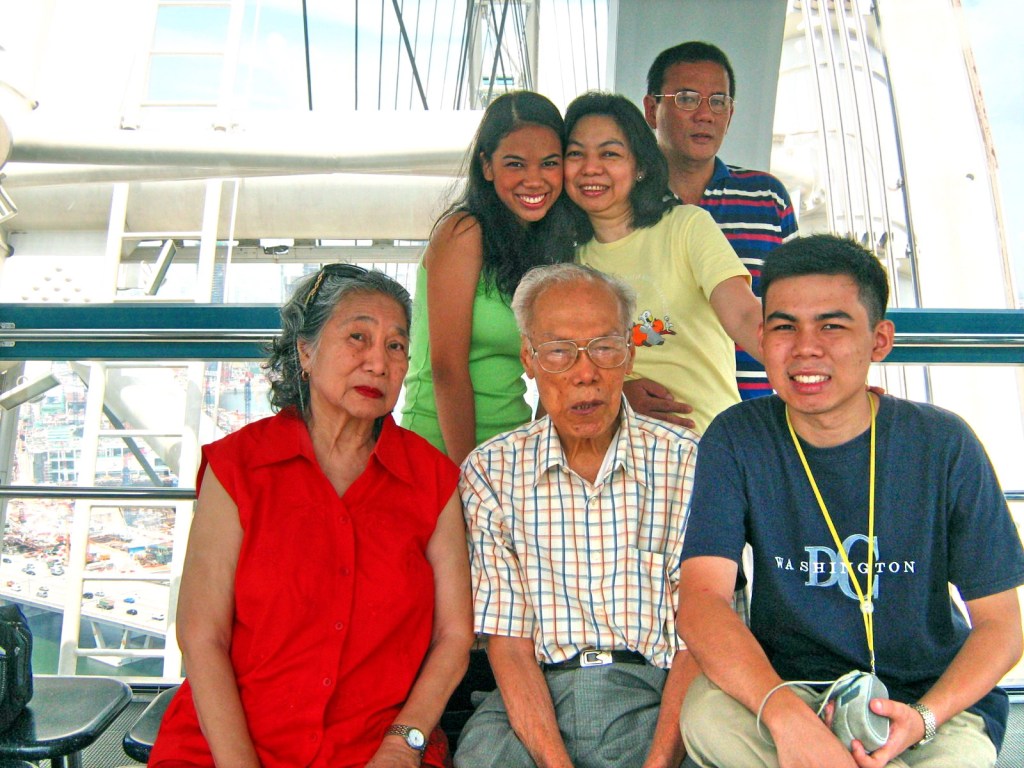


.jpg)
.jpg)











